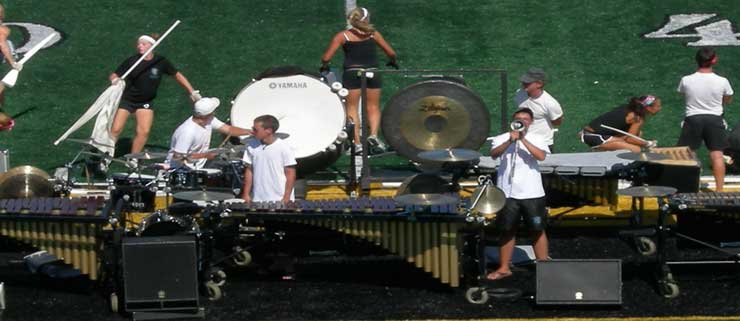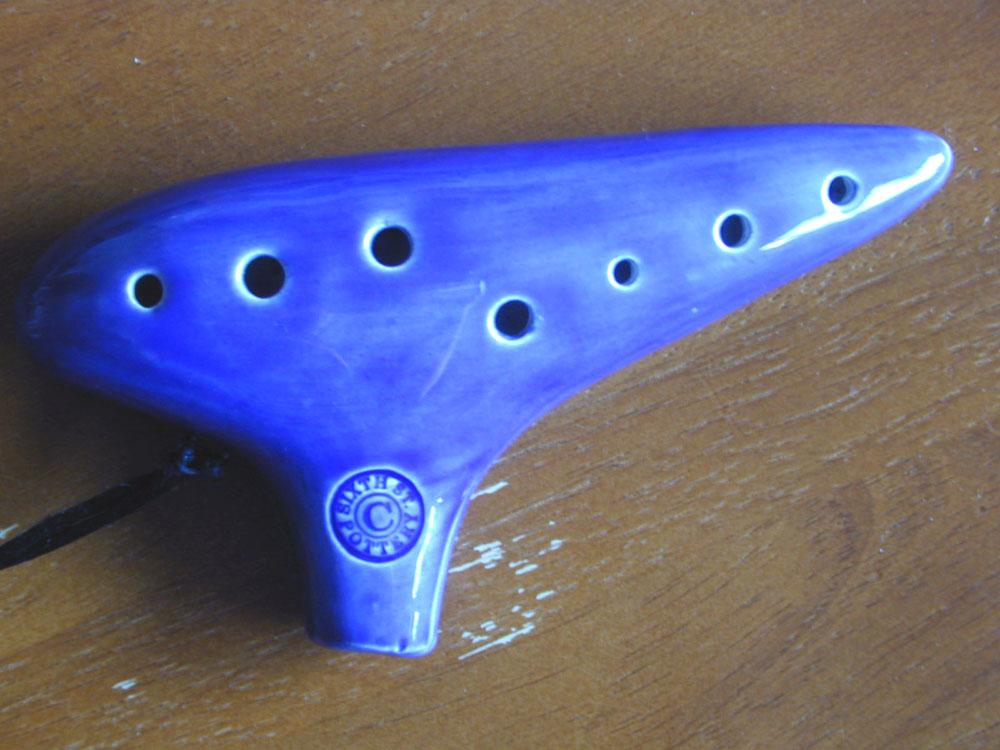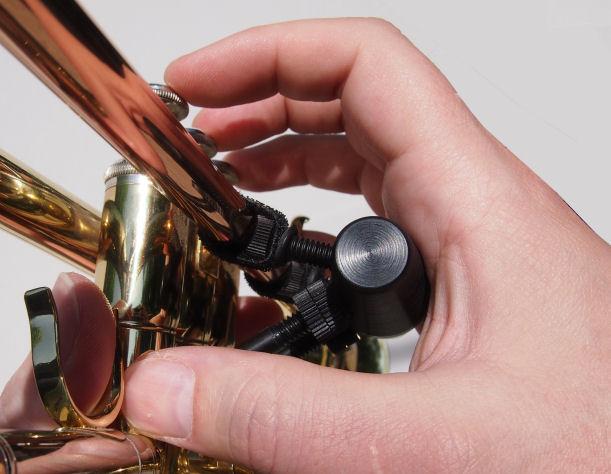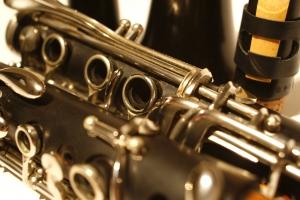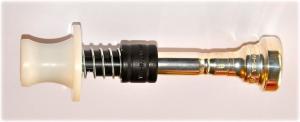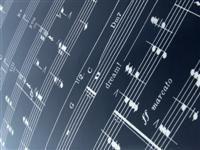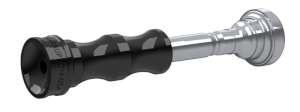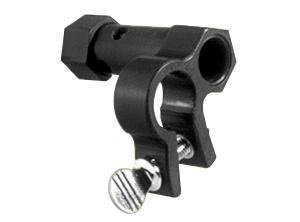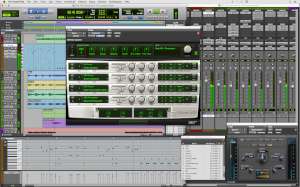- Details
- Written by Chad Criswell
Neuratron's AudioScore Ultimate 8 seeks to automate a task that few musicians enjoy doing, that of transcribing audio performances of music into written music notation. The technology has come a very long way since its early iterations but is it solid enough to bother with? Read this review to find out!
- Details
- Written by Chad Criswell
When one thinks of the use of technology in music education one does not often think of the marching band field as being a very high tech area. However, many of the same technologies that we use in the music or general education classrooms are now finding their way onto the field as well. Here are just a few of the ways that the well orchestrated use of tablets, apps, computer software, and other techno gear can breathe new life into traditional outdoor marching rehearsals and performances.
- Details
- Written by Chad Criswell
Imagine if you will the first day of school with a new group of students in your classroom. For most teachers their first task is to get the student making music either by singing or playing on an instrument and then, over time, teach them how to read music notation and relate the notes written on the page to their instrument. But what happens when the student can’t see the notes? If a visually impaired student was added to your classroom tomorrow how would you go about providing him with the potential to be just as successful as any other student?
- Details
- Written by Chad Criswell
In my neck of the woods most elementary schools teach the recorder starting in or around the 4th grade. As a band director I understand the reasoning for teaching recorder to kids as it helps build many of the skills needed to get them into the band once they get to fifth or sixth but I’ll be honest, I hate the sound of the recorder. The ocarina on the other hand seems to be the unwanted step child in the music classroom even though (in my opinion) the more earthy resonant tone of an ocarina is almost always superior to the sound of a cheap $3 soprano recorder. So why don’t more people use it in their classrooms?
Read more: The Ocarina vs. The Recorder in the Music Education Classroom
- Details
- Written by Chad Criswell
Bad hand position is the bane of most beginning band teacher’s trumpet sections. We may start each student with the admonition that an open, C-shaped right hand is necessary for proper trumpet technique but despite those reminders many of our students will allow their hands to collapse down against the valves leading to lazy finger technique and minor valve problems. So what is the best way to fix this problem? For many kids it’s not enough to repeatedly admonish them to hold the trumpet correctly. Instead for some kids we need to offer a more tactile reinforcement until the good hand position habits are firmly rooted. Read on to find out how to do this with this cool new tool.
Read more: Trumpet Hand Position Problems and The Horn Grip Solution
- Details
- Written by Chad Criswell
Unless you have been playing it your entire life teaching a beginner to play the clarinet can be a challenge. Lesson books can help, but the vast majority of lesson books used these days in a public school band setting are ensemble books that by nature have to progress in a certain way. In a new article over on the Vandoren reeds website clarinet pedagog Paula Corley she goes through a step by step progression of concepts that she uses with her beginners.
- Details
- Written by Chad Criswell
I’ve had the chance over the last few weeks to play around with a variety of tools from Warburton USA, a manufacturer of cool brass instrument related gadgets and practice tools. This week I’m looking at the Anti-Pressure Exerciser (The A.P.E.) and how it can be used as a teaching tool or for general practice on the trumpet, French horn, or tenor trombone. What exactly is the A.P.E. and why should you consider getting one to use with your students? Read on to find out.
Read more: Review of the A.P.E. Anti-Pressure Brass Embouchure Exerciser Tool
- Details
- Written by Chad Criswell
Digital sheet music as is currently being sold by several sheet music publishers and vendors is at its core a great idea. Unfortunately, the biggest publishers are all missing the boat and implementing it in a way that provides absolutely no added value for the added costs to the consumer. While the digital versions of books and such add value to the title by offering easy portability and flexibility for the reader this is not the case with most commercially available digital sheet music. But this is only the start of why music publishers are missing the boat and doing both themselves and their customers a disservice. Read on to find out more.
- Details
- Written by Chad Criswell
Buzzing on your brass mouthpiece is an essential part of improving as a musician leading to stronger, clearer tone quality and better intonation. Yet buzzing on a mouthpiece alone is at best only a fair representation of how it feels to actually play on the instrument. Without the instrument there is no real air resistance. For experienced players this isn’t a big issue but for beginners trying to learn to buzz properly that little bit of resistance helps immensely in letting them get the buzz going and focused. Enter the Buzzard, a simple yet incredibly useful little device that can help you get your students buzzing and sounding better and with less frustration.
Read more: Trumpet, Trombone, and Tuba Buzzing With The Buzzard
- Details
- Written by Chad Criswell
Every music teacher knows that the prerequisite of becoming a good sounding brass player is being able to buzz your lips accurately and with a good tone. Buzzing on a mouthpiece alone is the easiest and most straightforward method, but more goes into playing a trumpet, trombone, or tuba than just buzzing alone. There are these annoying things called fingerings that require almost as much attention as the buzzing. That’s where the Buzz Extension and Resistance Piece (BERP) comes in. The BERP lets a brass student practice buzzing at the same time as they work their fingerings.
- Details
- Written by Chad Criswell
The use of digital audio workstation software (DAWS) such as Pro Tools has been becoming more and more popular over the last few years. New alternative music education classrooms are embracing the ease with which it can foster the creativity of our students in new ways. The big problem for most schools wanting to incorporate a DAW product into their curriculum or classroom activities has been cost. Now Avid has done away with that limitation by releasing a free version of Pro Tools, known as Pro Tools First.
Read more: Avid Releases Free Version of Pro Tools Digital Audio Workstation

